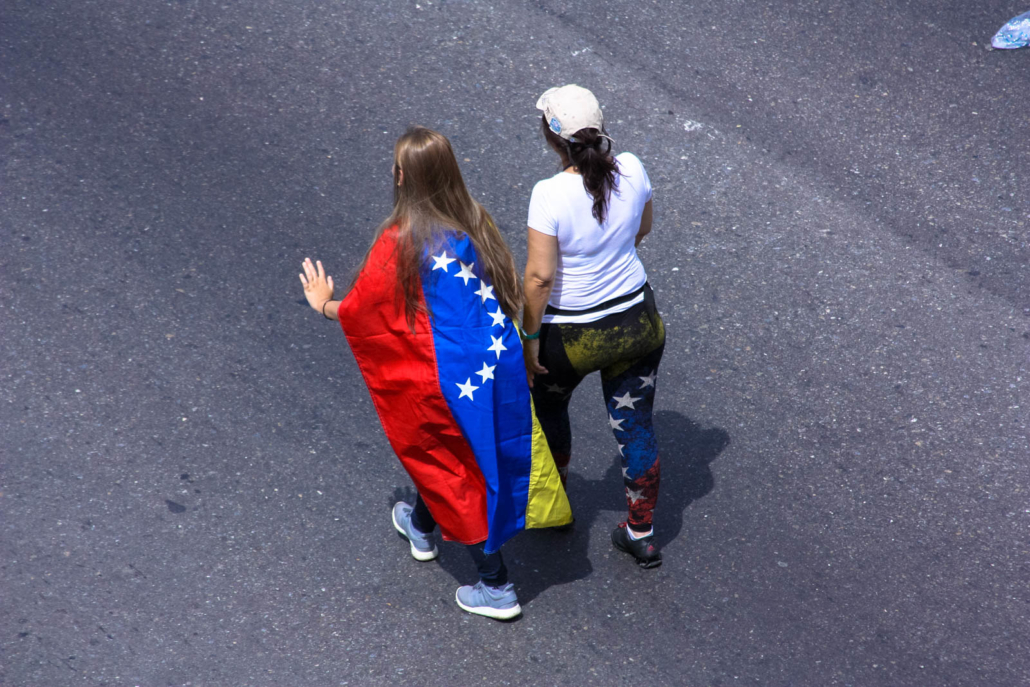Reducing The Gender Wage Gap in Venezuela
 Women in the U.S. have been dealing with gender inequality and the lack of parity for decades, but people rarely discuss the gender wage gap in Venezuela. The gap has reduced since the 1990s, but the wages of men in Venezuela (and Latin America in general) still average around 25 percentage points higher than women. Here is more information about the gender wage gap in Venezuela.
Women in the U.S. have been dealing with gender inequality and the lack of parity for decades, but people rarely discuss the gender wage gap in Venezuela. The gap has reduced since the 1990s, but the wages of men in Venezuela (and Latin America in general) still average around 25 percentage points higher than women. Here is more information about the gender wage gap in Venezuela.
About the Gender Wage Gap in Venezuela
As of 2021, in Venezuela, women have a labor participation rate of 40%, while males have a rate of 65%. According to the NGO Centre for Justice and Peace (CEPAZ), 70%+ of Venezuelan women live in poverty. The gender wage gap in the U.S. has been stable for the past 20 years, while the gender wage gap in Venezuela has been slowly growing. The different reward systems for the worker’s characteristics, the tendency for men to have more education compared to women, and the state of the Venezuelan economy are suspected to be the main reasons for the wealth disparity.
Early education greatly influences Venezuelan men and women. In 2020, Venezuela scored 0.71 on the Gender Gap Index, meaning that women are approximately 29% less likely than men to have equal opportunities in education, the economy and politics. With the correlation between education and higher incomes being strong, it is evident why women tend to suffer from the gender wage gap in Venezuela.
The Gender Wage Gap and Poverty
Women in the country are shortchanged in other ways, especially regarding policy decision-making. With the Venezuelan crisis of corruption, uber-inflation, disease and high crime and mortality rates, the fact that 54% more women than men between the ages of 20 and 59 do not participate in the labor market for family reasons reveals how the gender wage gap in Venezuela is not only aiding in harmful gender stereotypes but also poverty for females in the country.
The lack of opportunities for decent work and foreign aid are key variables to the problem, which are complicated to fix overnight. Female poverty in Venezuela is so prevalent that people deemed it a crisis in 2020, with the pandemic exacerbating it. Venezuela’s decaying public health system has resulted in a lack of sexual and reproductive health services, which indirectly leads to large families with very little money to support them.
US Aid to Venezuela
The U.S. may have donated roughly $2.8 billion to the country since 2017, yet Venezuela is suffering one of the worst humanitarian crises in the history of the Western Hemisphere. On the surface, the gender wage gap in Venezuela is about the unrelenting problem of unequal incomes between females and males, in general, after all this time. But in a broad context, it proves how little foreign assistance and a poor economy can impact gender inequality. Many Americans say that the U.S. is doing enough when 4.5% of the budget for military affairs is allotted for foreign aid. Therefore, more can be done.
CEDAW’s Efforts
On fixing the gender wage gap in Venezuela, organizations like CEDAW (The Committee on the Elimination of Discrimination against Women) are overlooking the country’s progress in gender equality overall. The group originated in 1979 as a voice of advocacy for women’s rights worldwide. Its job is to ensure that the Convention on the Elimination of All Forms of Discrimination against Women undergoes implementation. It checks that countries regularly instill human rights treaties. So far, the group has adopted a law on gender equality in Mongolia, a law in Rwanda prohibiting sex-based discrimination in access to land and much more.
In May 2023, the committee completed an in-depth review of Venezuela’s status. While it commended Venezuela for having more girls studying science subjects (which is a giant step for improving the gender wage gap there), it observed that more work is necessary in the country regarding gender equality. The Commission against Gender-based Violence of Universidad de Los Andes’s letter to CEDAW confirmed that the Venezuelan regime had not secured the human rights of women in different sectors such as politics, education and health care. The Committee focused on the lack of parity; only 19% of Venezuelan women are mayors of municipalities. Since then, CEDAW has advised civil society organizations to improve gender-based discrimination.
The Women’s Development
In 2001, the Women’s Development emerged to provide economic and non-economic relief to women in Venezuela. The bank, designed to serve women in poverty, has given more than 40,000 “microcredit” loans to groups of women aspiring to be entrepreneurs. It also offers training and workshops to women to become more self-sufficient.
– Bridelle Toumani
Photo: Flickr
